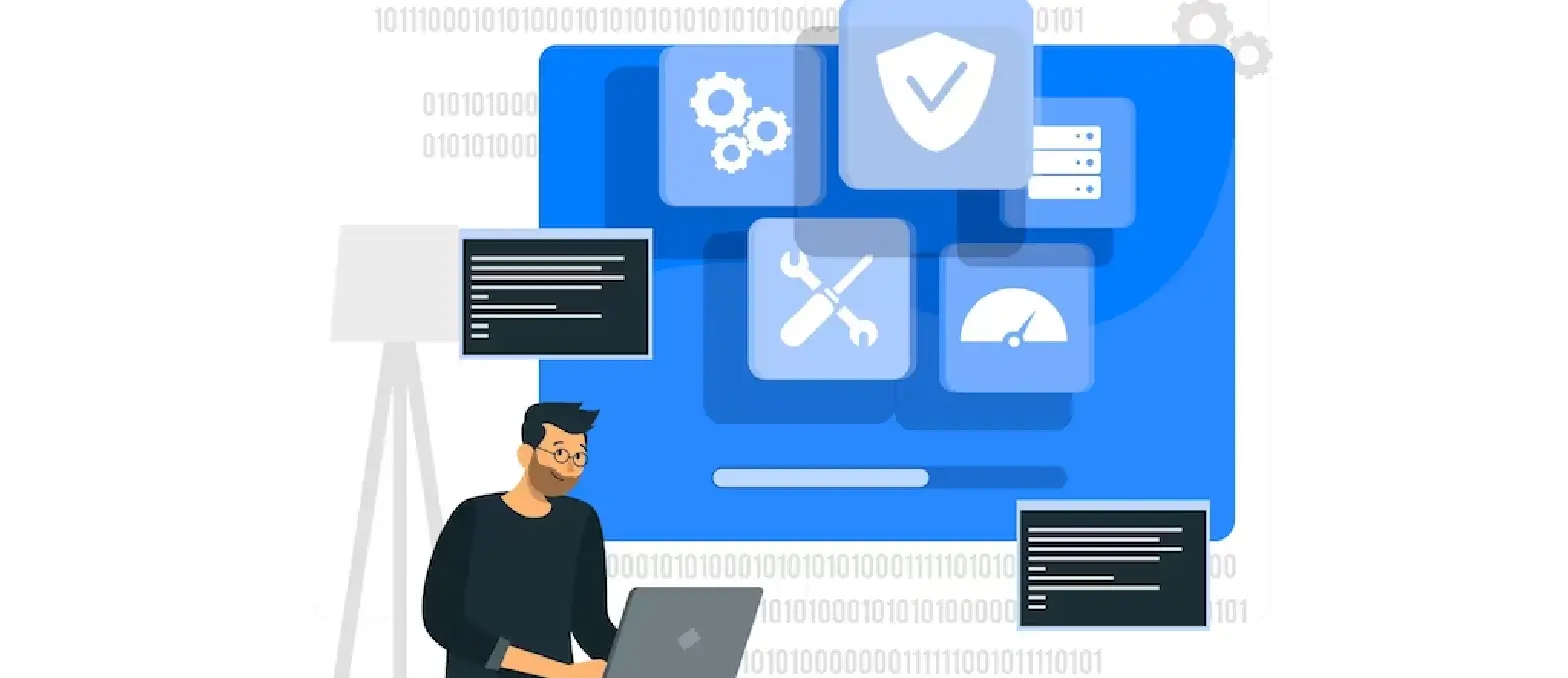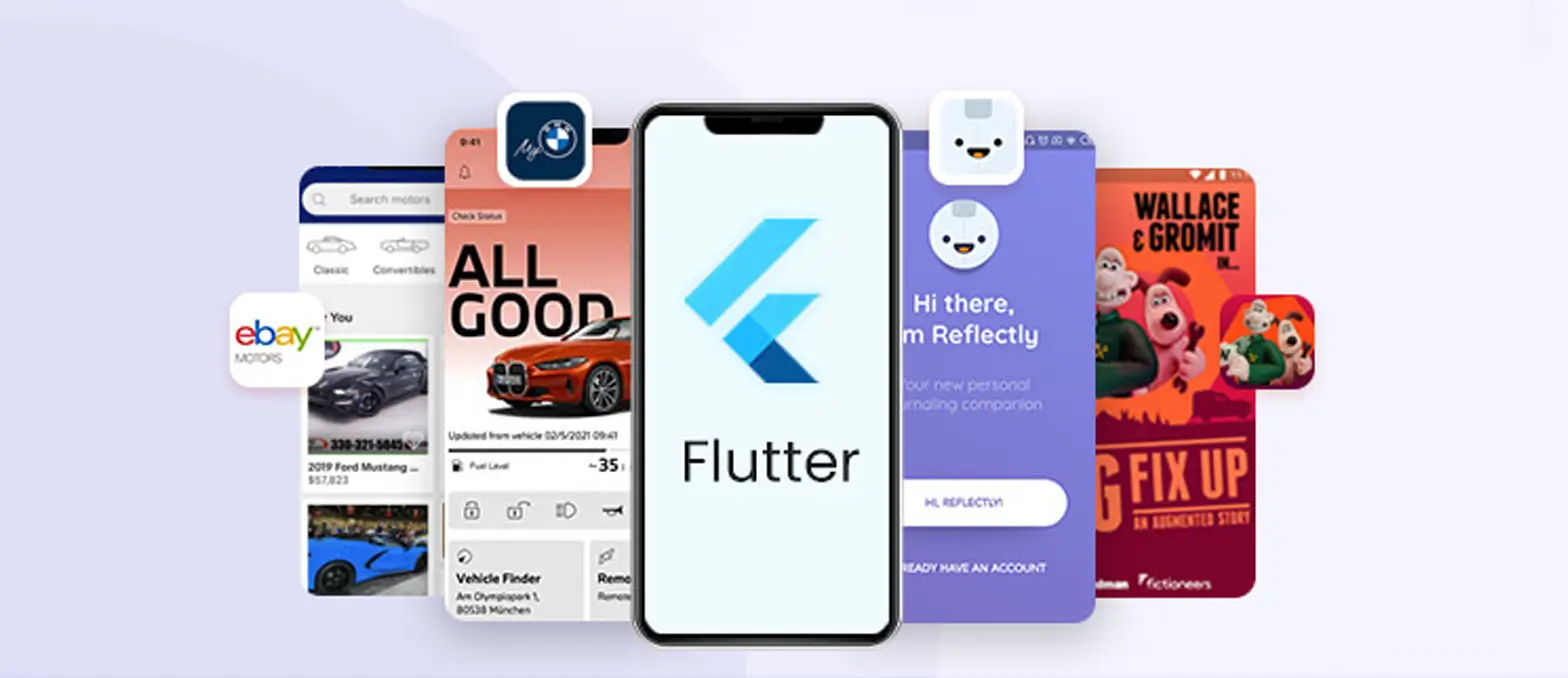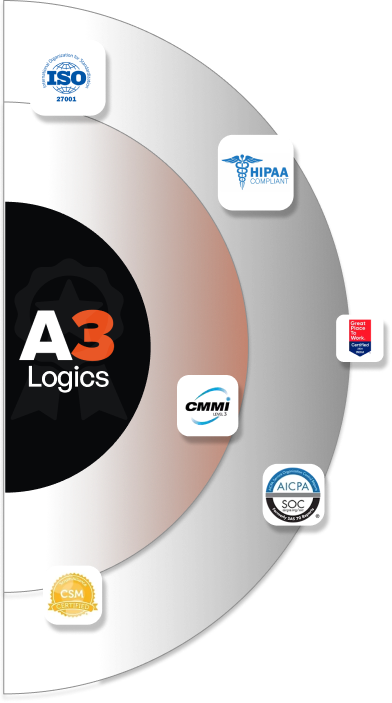Table of Contents
Do you know the global e-learning market is expected to exceed $243 billion by 2022. Overall education in the United States has been declining over the last decade, but online enrollment has been increasing for the 14th year in a row. Because of the unprecedented disruption caused by the COVID19 pandemic, education systems all over the world have been shaken to their core and forced to transform into some form of distance learning. This disruption has also led enterprise software development companies to shift their focus to innovative learning modules.
Signing up for an online course could be the perfect solution if you want to learn a new language or obtain career-advancing certifications. We can’t deny that learners are scattered across the country, and traditional training methods are time-consuming and expensive. Furthermore, business demands are ever-changing and we know that markets are expanding, and new products are appearing with the help of IT professional services. As a result of these factors, it has become critical for employees to maintain their knowledge and skills. This means that training must be ongoing and continuous. That is how eLearning arose.
Not only this but online learning is also helping people to allow people to learn for personal fulfillment or to obtain a professional degree without attending the traditional institutions. We can’t deny the fact that eLearning is a vast and expanding platform with enormous potential. Because there are numerous challenges to making eLearning effective, understanding how to manage it and gain access to the resources is critical.
Consider for a moment that not having a roadmap to guide you from beginning to end is the same as diving into eLearning without an effective strategy because learners will become lost in the learning content. However, there are various kinds of eLearning software that are floating in the market but we will start with LMS first!
What is the definition of a Learning Management System (LMS)?
By facilitating communication between instructors and learners, a learning management system (LMS) assists instructors in delivering and managing online learning. These software applications manage all types of content, including video, courses, and documents, and allow students to access all course content from any device. Instructors can use an LMS to manage to dictate learners’ discussion boards, courses, modules, and syllabus, as well as key features for reporting, progress tracking, assignments, and assessments.
LMS is the software backbone for many IT consultation services, and institutions, particularly those that primarily offer online courses. These solutions are intended for everyone with a valuable tool that allows students to access course material from any location. As eLearning has gained popularity at all levels of education, an LMS has become an even more important component of a digital instruction effort at various levels.
What Is the Best Way to Use Learning Management Software?
Logging into an LCM should be as simple as logging into a social network. You must create an account by providing a username or email address and a password.
Check to see if you have any live lectures scheduled at specific times. If not, you may be able to watch or listen to your entire course material at your leisure. Live lectures can be delivered through the course platform or via a third-party application or a video chat app such as Skype or Zoom.
Well, yes an LMS may appear to be a large investment for a company that is just getting started with online learning, but you also need to understand that it is a critical investment. A good LMS, especially one with a collaborative learning tool, makes it simple for anyone in the organization to create and share courses.
A3logics can help you with their elearning software development services to ensure you are getting everything in the right place!
As we know that an LMS improves the impact and ease of use of courses. Employees can access their learning materials from any location using an LMS, that allows them to learn on their own time and at their own pace. Employees are more likely to complete online training courses if it is simple for them to do so.
It has been observed that many product engineering services are also offering interactive learning modules like Blackboard LMS to ensure that their employees are keeping up with the latest developments. We are sure you must be thinking about Blackboard LMS right? Well, here we have defined it for you.
What is Blackboard LMS?
Blackboard LMS develops and administers online courses to learners to assist businesses and educators in reaching and teaching their learners and employees about the latest development and market trends. The system has an open architecture that can be customized into a course management system, and a scalable design that can easily integrate with authentication processes and student information systems.
However, there are various reasons why users are preferring the Blackboard Learning Management System. One of its prominent reasons is its mobile support, ease of use, and pricing flexibility. The use of the Blackboard Learning Management System provides numerous advantages to both learners and students. First and foremost, Blackboard works on all types of tablets and smartphones, allowing users to access the platform from wherever they are. Its dashboard is also intuitive and simple to use, similar to that of existing social networks.
Educators who use Blackboard have a variety of tools at their disposal to increase student and learner engagement and motivate them to reach their full potential. Businesses, on the other hand, can encourage employees to stay connected by utilizing Blackboard’s collaboration suite. Ecommerce software development businesses can also exert control over any learning activities that take place within the organization.
What Are The Features Of Blackboard LMS?
1. Content & Courses
In their courses, instructors can post content such as files, text, images, audio, and video. Now learning modules, folders, or lesson plans can then be used to organize the content. Instructors can post a syllabus with descriptions of course materials, assignments, grading expectations, and more in a section of the course menu or elsewhere within a course to help students navigate their course content. Many website development company are also helping their workforce with new learning patterns through interactive content and courses.
2. Interaction and debate
Instructors can create discussion boards in their classes, where both students and educators can start new threads and respond to an original prompt. Students in a class can also send direct messages to one another by going to their course menu and clicking “Messages.”
3. Personalization of branding
Custom branding for each institution in your account is possible with this LMS. You can create an appealing custom interface by uploading an image and assigning brand colors. Learn allows you to brand multiple organizations. It gives you a great deal of control over your user interfaces, which is a useful feature for businesses and even aws consulting services.
4. Assessments
Blackboard facilitates test creation by providing a wide range of question types, including formulas. Automatic grading of questions is possible, with options for sharing correct answers and adding explanations. Questions can also be randomly generated.
5. Reports And Analytics
Learn includes a number of pre-built reports, many of which are restricted to specific user groups. Administrators can view attendance, usage, and system recordings statistics Among other metrics, instructors can view course activity, performance against objectives, user activity, and participation in journals and discussions. Reports can be generated for individual users and user groups. This feature is only for big data services with advanced reporting to managed-hosted clients.
How To Build A LMS Like Blackboard Software?
Just by going through its features, we are sure you must be thinking about various advancements and strategies to implement in your own LMS. But whatever you do it is important to ensure you are following the below-mentioned steps also, make sure to understand the latest LMS trends in 2021!
Evaluation And Planning
“How much will it cost?” is the first question on the client’s mind. “When will the mobile application be ready?” is written next to it. The development organization normally conducts an evaluation and creates a work plan to meet both questions. The project manager normally joins the project at this point. They can take on the role of either the customer or the development team. The project manager’s responsibilities include coordinating the work of the team and communicating with the customer.
An express evaluation might take anything from a few hours to a day and provides a preliminary estimate of labor costs. A thorough license can take anything from a few days to a week to complete, but it allows you to know exactly how, when, and which application you’ll get as a consequence. It is easier for the client and developers to receive a single view of the application and calculate everything if the enterprise mobility services connect to the project during the review process.
Analytics
The construction of a learning management system does not usually include analytics. Clients may do their own business study of a product or provide a pre-prepared set of criteria. However, those systems that have passed this stage from the developer company win because analytics enables the business and developers to create a clear vision, review the required work and obtain a comprehensive project budget based on this.
Development
If the customer does not have a design, the development company builds the UI/UX from the ground up. When the analyst hands over the wireframes that form the backbone of the graphical interface to the designer, the team moves on to visual design, drawing a map of screens, graphic elements, and a detailed prototype while considering various use cases.
The UI/UX designer generates static responsive prototypes and, if requested, interactive prototypes of the application at this stage. So you can preview how the app will look and behave, taking into account the features that have been planned. It all relies on the client’s individual needs and desires.
Testing and Bug Fixing
QA engineers join the project from the beginning, communicating with developers and testing as frequently as possible. This ensures a high degree of quality while also preventing the client from exceeding their budget. The QA team develops test documentation, such as test cases, in parallel with development. Testing begins once a portion of the functionality is complete. All bugs are reported to the bug tracking system, and when they’ve been corrected, it’s verified that the bugs have been fixed and that the remainder of the functionality hasn’t been harmed. The platform is also tested before the LMS website is released to ensure that the application behavior fits the test documentation and the client’s expectations.
Software Release
When all of the tests and application adjustments have been finished and all of the developers, analysts, testers, and designers have agreed on the outcome, the project can be released to production.
Development And Support
The story of the virtual classroom system does not end with its publication. The development team will resolve any bugs discovered by the client after the release. If the first few months of the app’s life reveal where and what has to be finished or changed, there are two options: sign a maintenance contract or begin a new development phase with fresh variables. If we talk about the development cost then-
The final cost is determined by the following factors, which you must decide:
- The design’s complexity
- The variety of platforms
- The variety of features
- Functionality as well as its complexity
- The type of vendor you select, as well as the location you select
The cost of e-learning development is also determined by the team required to create the first version of your solution.
Learning management systems do, in fact, have a plethora of advanced features. When it comes to development, it is critical to select the right technology stack in order to create a platform that is stable, secure, maintainable, and scalable. We recommend that you pay attention to your project’s requirements and consult with your development partner.
What A3logics Can Do For You?
First and foremost, A3logics team develops the future system’s architecture based on the terms of reference. The architecture lists the system’s components and their linkages, such as the test designer, course designer, reporting system, analytics, personal account, and so on. The next stage is to create a file structure model for the architecture that has been defined.
Then we consider an interface that is both practical and accurate in reflecting the architecture. We create user behavior models or role definitions. Students, teachers, and administrators are the most important, but you can provide for others or rank the most important by providing teachers with different levels of rights.
Furthermore, the system’s main functionality is constructed, which is then tested and supplemented until the system’s release version is ready. If necessary, we also develop a mobile application for iOS or Android that gives users access to the LMS’s core features. A3logics develops the learning management system under the terms of a contract that specifies all of the relevant aspects, such as cost, terms, and system functionality






